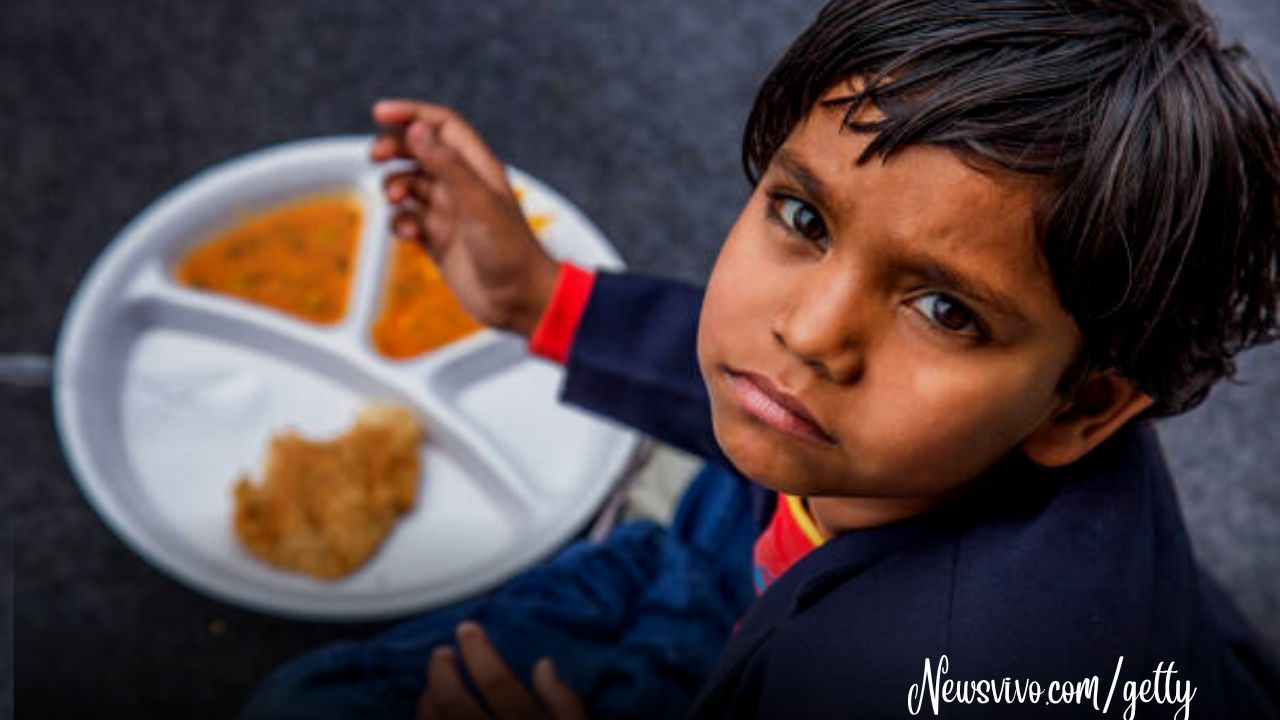Budget 2023_Is it strange that during the 90-minute address, the FM only mentioned the word “poor” twice?

That hit the poor in the belly. Every finance minister (FM) would extol the virtues of how their government’s programmes and policies are centred on the needs of the underprivileged. Given that a sizable portion of India’s population lives in poverty, it is appropriate. The percentage of the population that may be called poor will range from 25 to 40% depending on the state when only a few indicators are taken into account, such as per capita income, unemployment, food consumption, housing, and sanitation.
The pandemic years (2020–2022), the ongoing inflation (CPI inflation 6.52%), and the unemployment rates (Urban 8.1%, Rural 7.6%) have only made matters worse. The year 2023 has had a gloomy beginning. Many thousands of workers are being let go by large corporations. Higher than average unemployment rates are also affecting the educated middle class.
The Poor
Rising inequality in India has revealed many truths. According to an Oxfam report, the richest 5% of people in India own more than 60% of the country’s total wealth, while the poorest 50% own only 3%. In their 2022 Inequality Report, Chancel, Piketty and others estimate that the bottom 50% receive only 13% of national income.
The top 5-10% (7-14 million people) flaunt their wealth, spending and consumption, which helps the “shine” in the market. (Lamborghini’s annual production in India will run out in 2023, and the company is only taking orders for delivery in 2024.The cheapest model in India costs Rs 3.15 crore, old showroom.) These are extremely wealthy people. The bottom 50% consists of the poor.
According to CMIE,(Centre for Monitoring Indian Economy.) the total workforce in India is 43 cores. Among them, the rate of being employed or looking for work is 42.23%, among the lowest in the world. 7.8% of total households (approx. (2.1 billion households) without a job. 30% of employees (about 13 crore) are daily wage earners. The average monthly household consumption expenditure is Rs 11,000.
These households are poor. The Government’s National Family Health Survey-5 shows that among women aged 15-49, the majority (57%) are anemic.Only 11.3% of children aged 6-23 months have adequate nutrition. Percentage of malnourished children with low birth weight (32.1%), stunting (35.5), emaciation (19.3) and severe malnutrition (7.7) alarming. These sections do not receive enough food. They are the poor.
How the budget 2023 hurts the poor.
Now, ask the writers of Budget 2023-24 what they have done for the poor, for the lowest 50% of the population, for the jobless, and for those who do not have enough food. The numbers in the Budget 2023 papers include the answers. Here are a few examples given below
The allotted monies were not spent during 2022-23 under major headings that would have created jobs and offered aid to the poor
| Budget Estimates (BE) | Revised Estimate (RE) | |
| Agriculture & Allied Activities | 83,521 Cr | 76,279 Cr |
| PM Kisan | 68,000 Cr | 60,000 Cr |
| Social Welfare | 51,780 Cr | 46,502 Cr |
| Education | 104,278 Cr | 99,881 Cr |
| Health | 86,606 Cr | 76,351 Cr |
| Umbrella Scheme for ↓ | ↓ | ↓ |
| Scheduled Castes | 8,710 Cr | 7,722 Cr |
| Scheduled Tribes | 4,111 Cr | 3,874 Cr |
| Minorities | 1,810 Cr | 530 Cr |
| Vulnerable Groups | 1,931 Cr | 1,921 Cr |
Allocations made at the beginning of the year are meaningless if the amount spent at the end of the year is much less than what was assigned. The impoverished have been taken advantage of.
There is no indication of a shift in strategy for 2023-24
| 2022-23 Budget Estimates (BE) | 2023-24 Revised Estimate (RE) | |
| MGNREGA | 89,400 Cr | 60,000 Cr |
| Fertilizer | 2,35,220 Cr | 1,75,100 Cr |
| Food | 2,87,194 Cr | 1,97,350 Cr |
| Petroleum | 9,171 Cr | 2,257 Cr |
| PM Swasthya Suraksha Yojana (Health Insurance Scheme) | 8,270 Cr | 3,365 Cr |
| National Social Assistance (Old Age, Disability Pensions) | Programme 9,652 Cr | 9,636 Cr |
| PMPOSHAN (Mid-day Meals Scheme) | 12,800 Cr | 11,600 Cr |
| Atmanirbhan Bharat Rojgar (Employment Scheme) | Yojana 5,758 Cr | 2,273 Cr |
How Budget 2023 hit the poor in the belly

Only when the allotted amount is spent will jobs be created or social benefits accrued. In addition, any subsidy that appears to be higher than the previous year’s benefit must be adjusted for inflation, and in many cases one will find that the benefit is in fact lower.
Every program that directly benefits the poor gets less money, and after adjusting for inflation, it gets even less. In addition, there was no reduction in GST (64% of the total recalls were from the bottom 50%). There are no taxes or discounts on gasoline, diesel and LPG.It’s as if FM is happily ignoring post-pandemic increases in poverty, inequality, unemployment, layoffs, malnutrition, anemia, stunting and emaciated children.